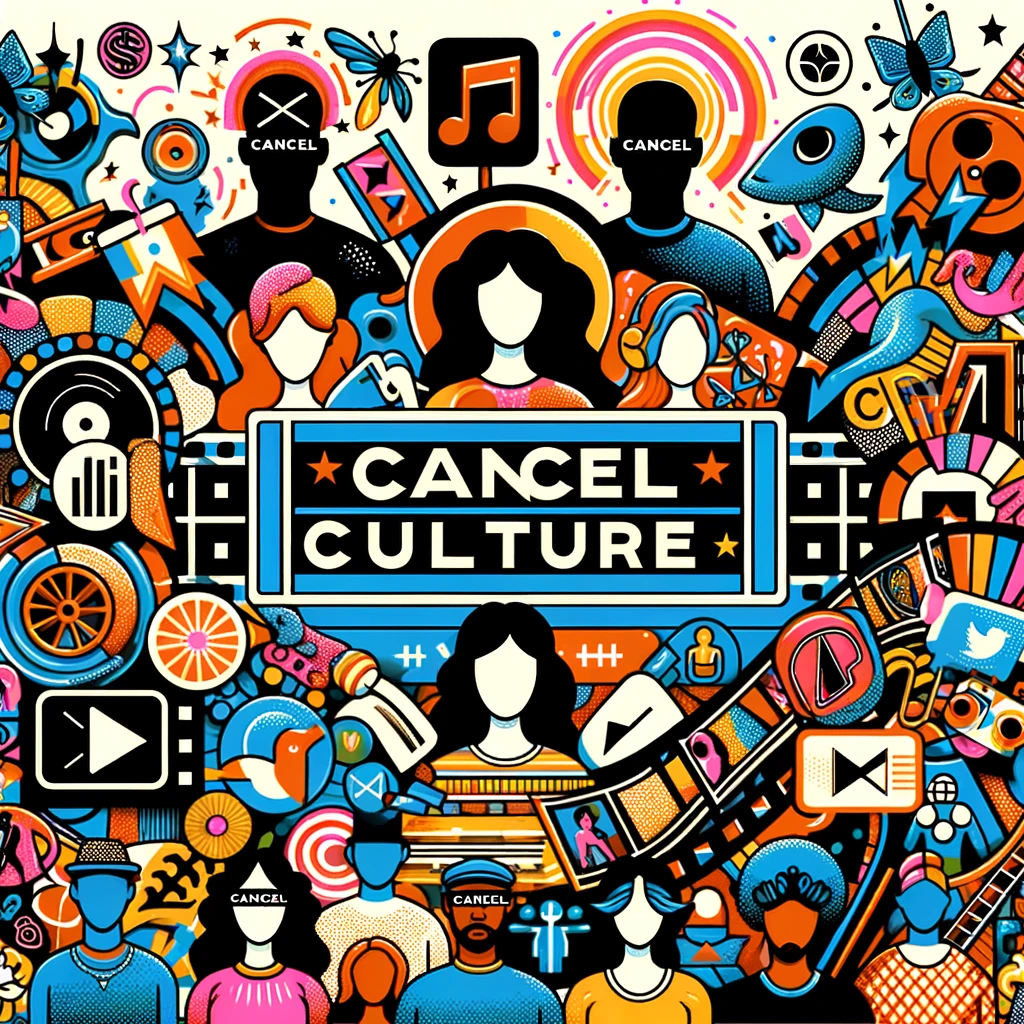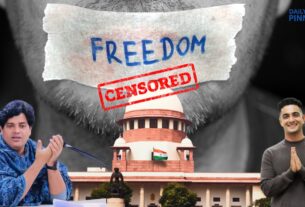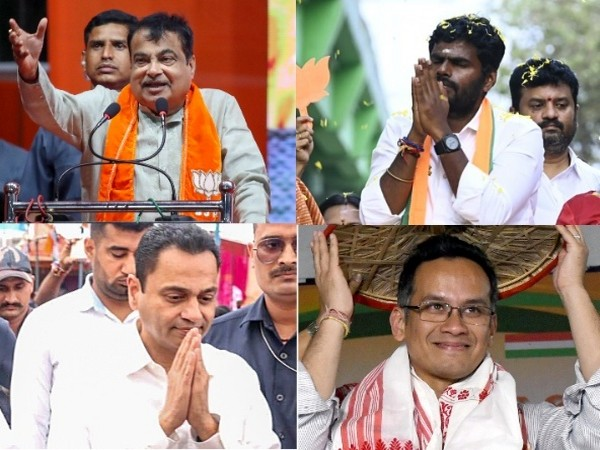In today’s digital age, the phenomenon known as “cancel culture” has become a pervasive force, shaping public discourse and affecting lives, careers, and the socio-political landscape. This intricate web of public shaming and collective boycotting raises profound questions about justice, free speech, and rehabilitation in the era of social media. By delving into the history, perils, and toxic nature of cancel culture, we aim to understand its complexities and the way forward.
Historical Context: The Genesis of Cancel Culture
Cancel culture, though seemingly a product of the digital age, has roots that stretch back centuries. Historically, societies have used ostracism and exile to punish those who breached social norms or laws. In the modern context, this practice has evolved into a more nuanced, yet equally punitive, form of social ostracisation, propelled by the advent of social media platforms. This digital incarnation enables rapid dissemination of judgments, often without due process, leading to swift public condemnation.
The Rise of Digital Vigilantism
The transformation of cancel culture into a widespread social phenomenon can be attributed to the rise of digital platforms that empower individuals to voice their opinions and mobilise en masse. This digital vigilantism has democratised public discourse, allowing for marginalised voices to be heard. However, it also facilitates rapid escalation without thorough investigation, turning public opinion into a weapon against perceived wrongdoing.
Accountability, Justice, Ostracism
Accountability vs. Mob Justice: The thin line between holding individuals accountable and subjecting them to mob justice is often blurred in the realm of cancel culture. The quest for accountability, a noble pursuit, can sometimes devolve into an unforgiving hunt for retribution, sidelining the principles of forgiveness and rehabilitation.
The Perils of Ostracism:
The swift and often irreversible consequences of being “cancelled” highlight the perilous nature of digital ostracism. Careers can be destroyed, reputations irreparably damaged, and lives altered in an instant, all without the benefit of a fair hearing or the opportunity for redemption.
The Toxicity of Cancel Culture Today
The current landscape of cancel culture is fraught with challenges that underscore its toxic elements. The absence of nuance, the prevalence of herd mentality, and the often disproportionate nature of the backlash reflect a culture more invested in punishment than in fostering understanding or change.
Lack of Nuance:
The binary nature of online discourse leaves little room for nuance or complexity. Individuals are often categorized as wholly good or bad, ignoring the multifaceted nature of human behaviour and the context behind actions.
Herd Mentality and Disproportionate Backlash:
Social media platforms can amplify herd mentality, encouraging users to join the cancellation without fully understanding the situation or considering the consequences.
The punishment meted out by the court of public opinion often exceeds the severity of the offence, raising questions about fairness and the potential for redemption.
Exploring the Intricacies and Fallout of Cancel Culture Through Real-Life Examples
A closer examination of cancel culture, with its broad sweep and indiscriminate targeting, reveals a nuanced picture of its real-world implications. This phenomenon has ensnared a wide array of individuals, from high-profile celebrities to private citizens, illustrating that virtually no one is beyond its reach. By delving into specific case studies, we can better understand the multifaceted nature of cancel culture, including the justifications for such actions and the complex web of motivations driving the participants.
Case Study 1: Celebrity Downfall – A notable instance involves a famous actor or musician whose past tweets or comments, often dug up from years ago, suddenly spark outrage. A prime example is Kevin Hart, who stepped down from hosting the Oscars due to controversy over past homophobic tweets. This case highlights the impact of cancel culture on public figures, where past mistakes, despite apologies and growth, can have immediate and severe consequences on their careers. It underscores the unforgiving nature of public scrutiny and the high stakes for celebrities in the digital age.
Case Study 2: Ordinary Individuals Facing Public Ire – Equally important are the stories of non-public figures thrust into the limelight for a misstep or misunderstood action. One such case is that of a Central Park birdwatcher and a woman walking her dog, which escalated into a racial controversy, leading to widespread public backlash against the woman. This incident shows how quickly situations can spiral out of control, with individuals facing massive social and professional repercussions, often before the full context is understood.
Case Study 3: Misdirected Outrage and Innocent Victims – Another dimension of cancel culture is seen in cases where the outrage is based on misinformation or misidentification. An example is the mistaken identity of a book author for another individual with a similar name, leading to unwarranted harassment and calls for boycotts. These instances reveal the dangers of a mob mentality fuelled by incomplete or incorrect information, where innocent individuals bear the brunt of misplaced anger.
The dynamics of cancel culture in India mirror its global counterparts, with its own unique cultural and social nuances. Here, too, public figures, brands, and even private individuals find themselves at the mercy of mass online outrage, leading to varying consequences. Examining specific Indian case studies helps to understand the local manifestation of cancel culture, its impact, and the complex interplay of cultural, social, and political factors.
Case Study 4: Bollywood and Social Commentary – A prominent example involves Bollywood celebrities facing backlash for their political statements or social media posts. Deepika Padukone, for instance, faced calls for boycotts of her films after showing solidarity with Jawaharlal Nehru University (JNU) students. This incident highlights how celebrities in India, much like their global counterparts, are scrutinized for their political and social stances, with their careers potentially at stake based on public and political sentiment.
Case Study 5: Brands Under Fire – Indian brands often face cancel culture for advertising campaigns perceived as promoting progressive social messages that clash with traditional values. An example is Tanishq, a jewellery brand that withdrew an advertisement featuring an interfaith marriage due to a severe online backlash accusing it of promoting ‘love jihad’. This case illustrates the power of digital outrage in influencing corporate decisions and the delicate balance companies must maintain in a culturally diverse society.
Case Study 6: The Role of Social Media in Political Discourse – The use of cancel culture tactics in political discourse is also evident, with political parties and their supporters often mobilizing to boycott or condemn individuals or entities opposing their views. The controversy surrounding the Citizenship Amendment Act (CAA) and the National Register of Citizens (NRC), for instance, saw celebrities, companies, and citizens facing backlash for their support or criticism, highlighting the intersection of cancel culture with political activism.
The Role of Social Media: A Double-Edged Sword
Social media platforms play a pivotal role in the propagation of cancel culture. While they provide a space for community building and social activism, they also facilitate rapid dissemination of judgment, often based on incomplete information. The algorithms that prioritize engagement over accuracy can amplify divisive content, exacerbating the problem.
Charting a Future Beyond Cancel Culture
To address and ameliorate the detrimental aspects of cancel culture, a comprehensive and nuanced strategy is essential. This approach involves enhancing digital literacy, nurturing critical thinking skills, and cultivating an environment of empathy and forgiveness. By undertaking these measures, we can pave the way for a digital landscape that is not only more discerning and informed but also more compassionate and forgiving.
Enhancing Digital Literacy: A cornerstone of this strategy is the promotion of digital literacy. This involves teaching individuals not only to navigate the digital world with a critical eye but also to recognize the far-reaching consequences of their online behaviour. By understanding the dynamics of social media platforms and the ripple effects of their actions, individuals can become more judicious in their engagement with digital content. This education should extend to recognizing misinformation, understanding the nuances behind viral stories, and appreciating the complexity of issues that are often simplified online. Empowering internet users with these skills can significantly reduce the knee-jerk reactions that fuel the fires of digital vigilantism.
Nurturing Critical Thinking Skills: Central to dismantling the impulsive nature of cancel culture is the promotion of critical thinking. This involves encouraging individuals to look beyond headlines, to question narratives, and to seek out diverse perspectives before forming opinions. By fostering a digital ethos that values deep, reflective thought and the consideration of multiple viewpoints, we can move towards a more deliberative and less reactive public discourse. This shift is crucial in ensuring that the discourse does not devolve into a binary, us-versus-them mentality, but rather embraces the complexity and nuance inherent in most issues.
Cultivating an Environment of Empathy and Forgiveness: Perhaps the most transformative element in counteracting the toxicity of cancel culture is fostering a digital culture that prioritizes empathy, understanding, and the potential for personal growth and redemption over punitive actions. This entails creating spaces where mistakes are seen as opportunities for learning and growth, rather than irredeemable acts warranting social exile. By promoting narratives that highlight the human capacity for change and the power of forgiveness, we can begin to dismantle the all-or-nothing approach that often characterizes online discourse. This shift towards empathy and understanding can encourage more constructive interactions online, reducing the prevalence of cancel culture’s more detrimental effects.
Implementing these strategies requires concerted effort from all stakeholders in the digital realm, including educators, policymakers, social media platforms, and users themselves. By collectively working towards a more informed, thoughtful, and compassionate online community, we can mitigate the harms of cancel culture and foster a digital environment that supports constructive dialogue and understanding.
In essence, moving beyond cancel culture involves a commitment to education, dialogue, and humanity. By embracing these values, we can navigate towards a digital future that respects the complexities of human behaviour and promotes a more inclusive and forgiving society.
Cancel culture, with its roots in historical practices of social ostracism, has evolved into a complex and often toxic phenomenon in the digital age. While it reflects a democratic impulse to hold individuals accountable, it also poses significant challenges to the principles of fairness, nuance, and rehabilitation. Navigating the future of cancel culture requires a balanced approach that emphasises education, critical thinking, and empathy. By fostering a more understanding and less punitive online environment, society can harness the positive aspects of this phenomenon while mitigating its negative impacts.
Also Read: Ennore Oil Spill Tragedy




